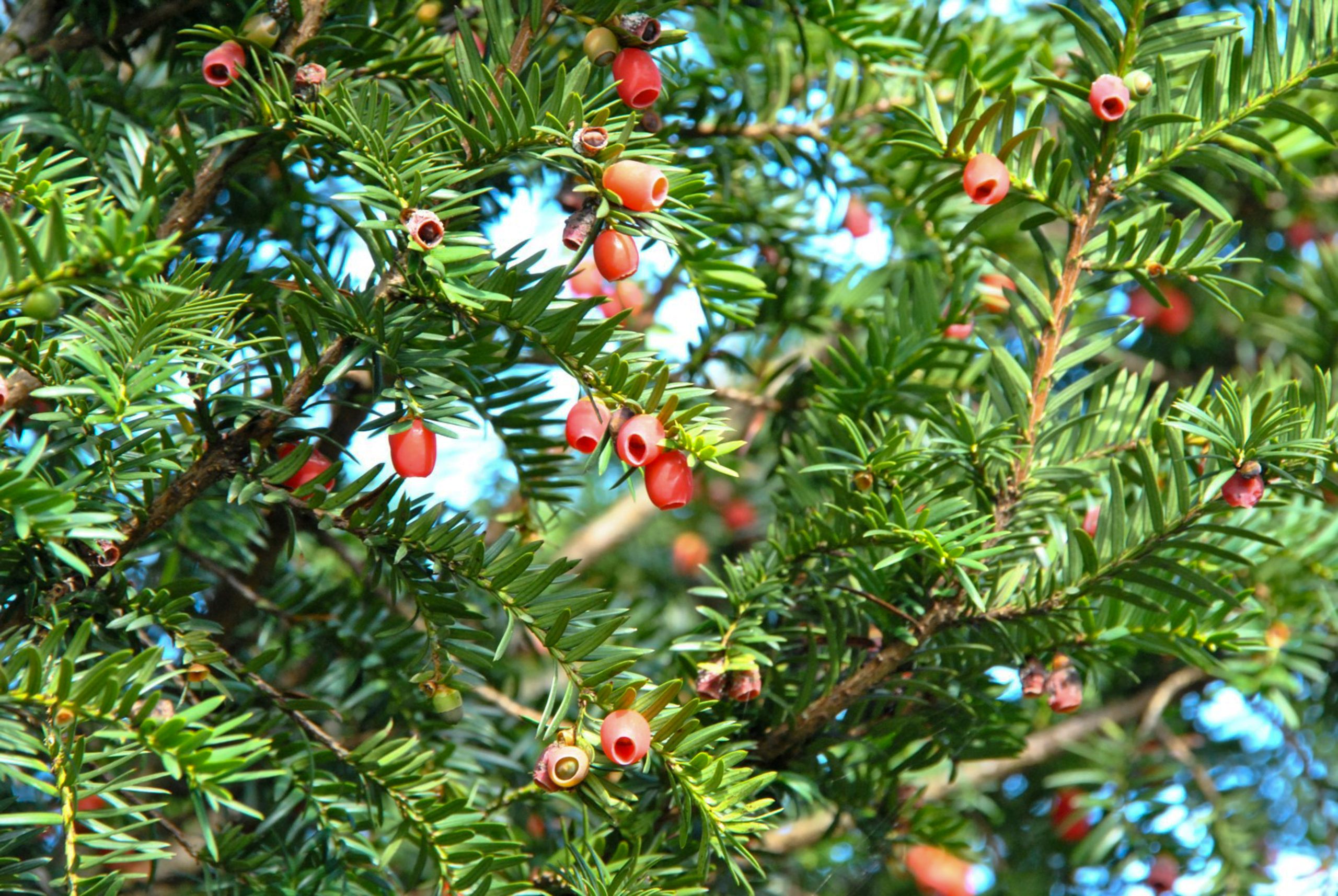
Taxus Baccata: An Evergreen Marvel
- Marie Hounds
- 0
- on Sep 13, 2023
Taxus baccata, commonly known as the European yew, is a tree that you might have come across, either in gardens, parks, or ancient churchyards. The sheer adaptability and versatility of this tree are impressive. It can thrive in various environments, from the wet, mossy woods of Northern Europe to the meticulously curated gardens of a modern home.
The Long Lifespan and Cultural Significance of the European Yew
The tree is renowned for its longevity. Many Taxus baccata specimens have been standing tall for several centuries. This resilience has given the tree a sacred status in various cultures. In ancient times, it was considered a symbol of rebirth and immortality, often being planted near religious establishments.
Its wood, flexible and durable, played a pivotal role in the making of the renowned English longbows, changing the course of battles and, consequently, history. But beyond its historical relevance, the Taxus baccata has contemporary significance too. Its leaves are a primary source for the drug paclitaxel, which is used in cancer treatments.
Caring for Your Taxus Baccata
If you’re thinking of adding a Taxus baccata to your garden or outdoor space, you’re in for a treat. This evergreen beauty requires minimal maintenance. While it loves sunlight, it can also manage in partially shaded areas. Ensure that the soil is well-draining, as waterlogged roots can be harmful. Regular pruning keeps it in shape, but be cautious; every part of the tree, except the red berry-like arils, is toxic.
Incorporating the European yew into your garden not only adds a touch of history and elegance but also offers a low-maintenance solution to green up your space. Whether you admire it for its ancient stories, its contribution to medicine, or its sheer beauty, Taxus baccata remains a testament to nature’s wonders.